How Iceland’s football team went Against the Elements

Hailing from a volcanic outcrop, Iceland went against the odds by going toe-to-toe with the giants at the Euro 2016 and 2018 World Cup. Here, writer Matt McGinn and photographer Joseph Fox investigate the factors behind Iceland’s remarkable transformation from minnow to ultimate sporting underdog.
Society
Words: Matt McGinn
Extract taken from Against the Elements: The Eruption of Iceland Football by Matt McGinn, and published by Pitch Publications
The reality of football often outdoes its fiction. Rarely has this been clearer than when Iceland played Albania in Reykjavík in 1990.
It was a qualifier for the 1992 European Championship. The 40-year rule of Albanian dictator Enver Hoxha had ended in 1985. Though the first free elections would not be held until March 1991, the country was beginning to establish links with the outside world. Yet the Albanian government would have been disappointed if it had hoped the football team would perform the role of a travelling embassy.
The party of 37 Albanians – made up of the senior and under-21 players – travelled to Iceland via Rome and London. The three-hour stopover at Heathrow Airport was eventful.
“By the time they got to the gate, there were watches everywhere,” one airport official said. “They were sent on their way quickly,” a perturbed British newspaper added, “a little wiser to the ways of a world light years from their own.”
The Albanian players had tried to board the connecting flight to Iceland with £2,000 of shoplifted duty-free goods. They understood only the second word on the “duty-free” signs and scooped up perfume and confectionery in the mistaken belief that it was complimentary. At least, that was the story they told police at Scotland Yard. The Albanians spent 24 hours as guests of the British Constabulary. After a fruitless search for a translator, police escorted them aboard a flight to Iceland. They still had duty-free items from Rome Airport in their possession.


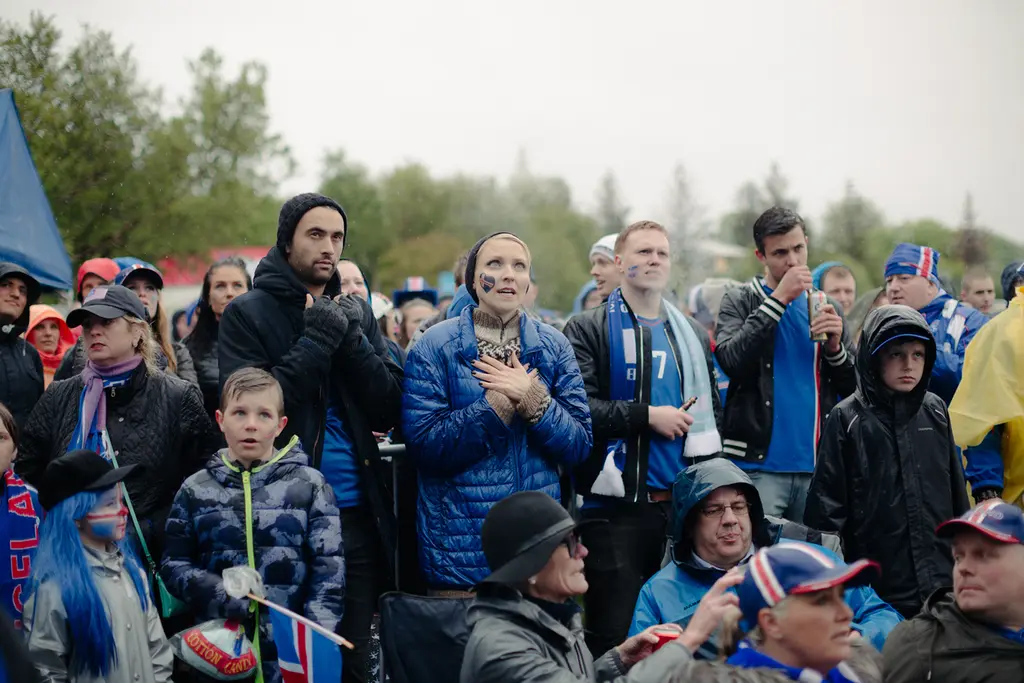

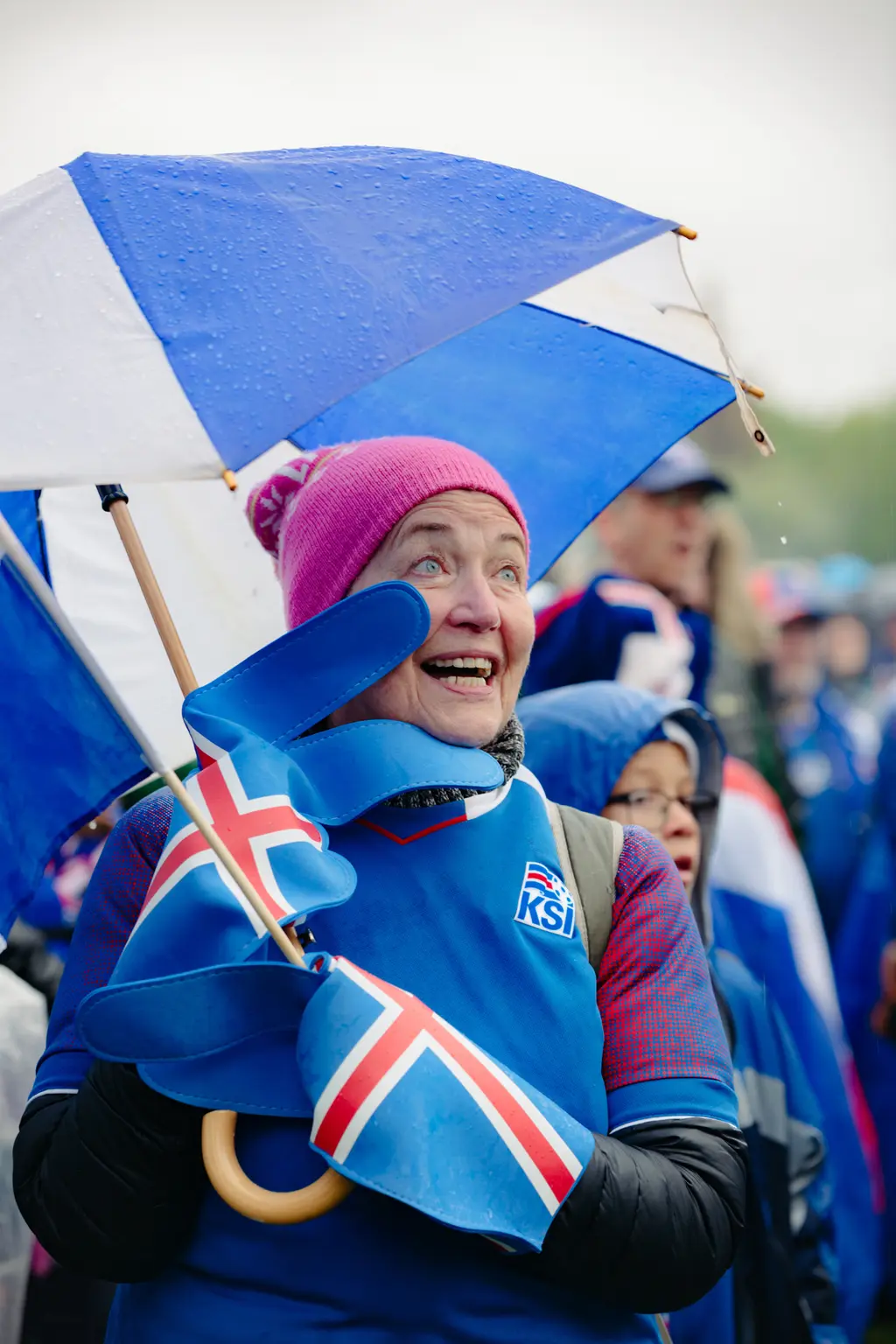
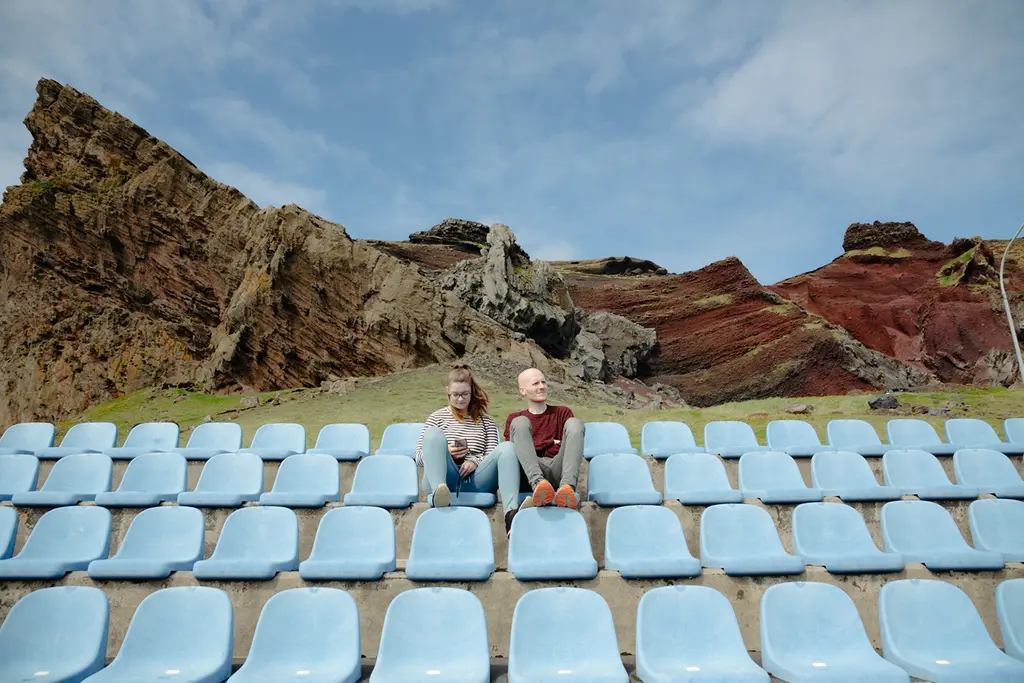
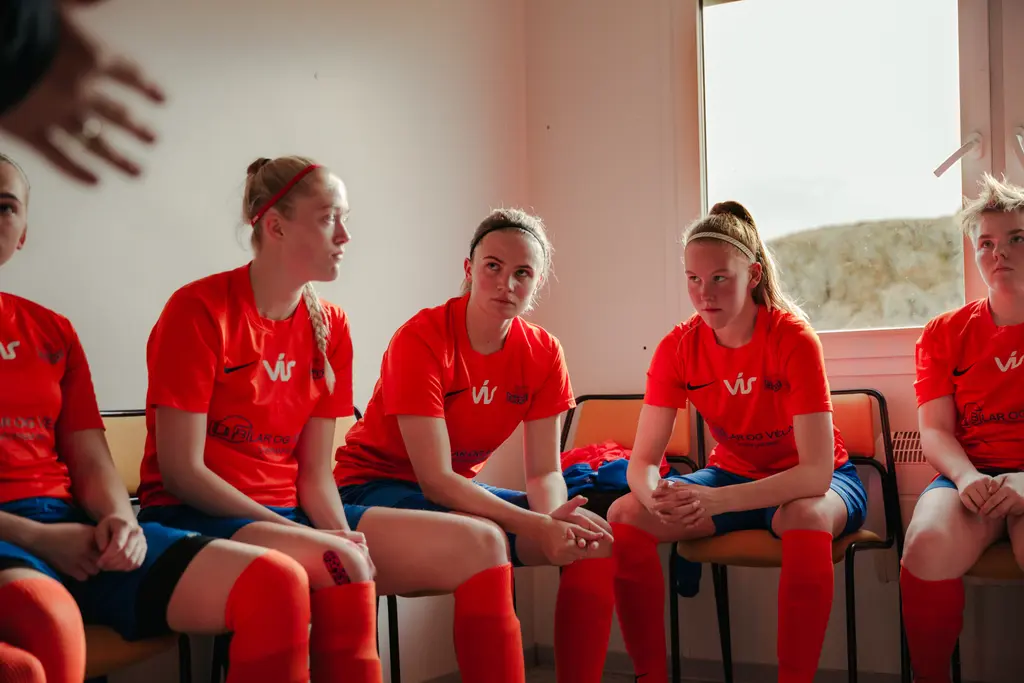
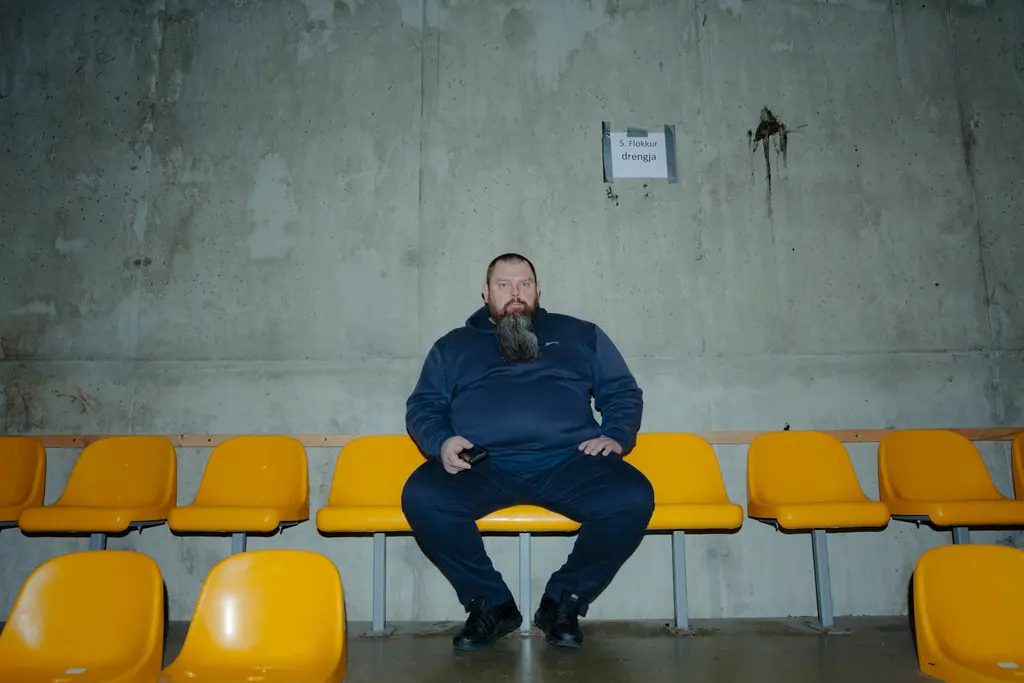
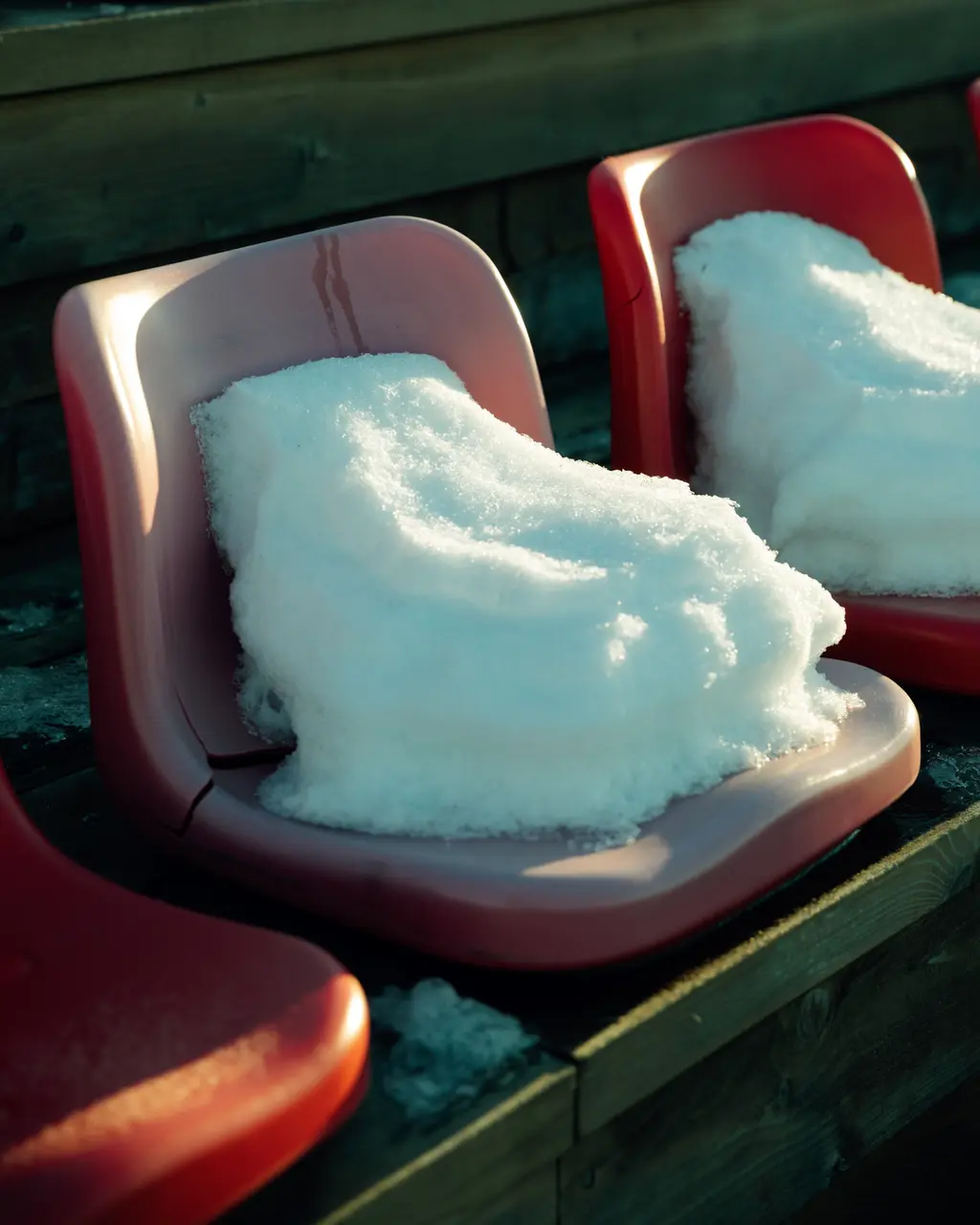
The ordeal was not over. The Icelandic authorities took a dim view of the Albanian ignorance plea. The visitors’ luggage was subjected to an extensive customs search and they were effectively placed under house arrest until the match, which was almost forgotten amid the furore.
It took place at Laugardalsvöllur, the national stadium, on a Wednesday evening in May. The sun was still high when the teams lined up to face the main stand for the national anthems. Short shorts and baggy jackets were the order of the day.
Now, finally, they could concentrate on the football. Or so they thought. The brass band had barely navigated one bar when a stark-naked man leapt over the barrier and ran towards the bemused away team. He performed a sort of jig in front of a captive Albanian audience. They stifled laughter as a red-faced policeman wrestled the slippery imposter to the ground. The brass band lowered their instruments. If only they had the sheet music to the Benny Hill theme.
Einar Már Guðmundsson – an Icelandic novelist – delighted in this inconceivable series of events. He imagined an Albanian writer, one or two years before the match, describing the events that transpired. He would have been ridiculed. He would have shattered the rules of Soviet realism.
Yet it seems that mild inconvenience inspires curiosity. The number of foreign visitors to Iceland almost quadrupled between 2010 and 2017 – from 488,600 to 2,224,600. Back in 1990, such success and notoriety seemed implausible. Reality has caught Iceland by surprise beyond football.
The story continues to unravel. It is too soon to write a narrative account of the ascent of Icelandic football because the narrative is not yet over. Many of the players who were instrumental in 2016 and 2018 still play for Iceland. While the dust settles it makes sense to review the achievement thematically.
There is little to gain in ascribing value to each factor and it would be futile to establish a hierarchy of importance. History is not linear. They are all interwoven threads of the same beguiling tapestry, and the tapestry would not be complete were any one of those threads removed. This is a book about football that strays from music to weightlifting; from a trawler called Vestmannaey to a volcanic eruption in 1973. There is value in the digression to other parts of Icelandic culture, history and society. It creates a lens through which we can view football. The sport becomes a richer subject – and one that makes more sense – when we take a step back from the white lines of the pitch.
“Reality is always catching realism by surprise,” Einar Már concluded. “Reality often outdoes fiction.” This seems an appropriate sentiment with which to introduce a book about the remarkable rise of Icelandic football.
For almost six decades the Iceland team failed to qualify for a major tournament. They bumbled along in the lower echelons of the world rankings. A win against the Faroe Islands here, a draw against Norway there. Iceland were not quite in the minnow category alongside Andorra, San Marino and the other nations for whom avoiding a drubbing means victory. But nor were they competitive.
Things began to change at the start of the 21st century. Like when a kaleidoscope is twisted, the various shapes and colours came together to form a coherent image. In 2016 the men’s national team reached the quarter-final of the European Championship, beating England along the way. Two years later Iceland became the smallest nation to qualify for a World Cup. The women’s team, meanwhile, have reached three consecutive European Championships and made the quarter-final in the 2013 edition.
It is worth getting demographic comparisons out of the way early. Though it would be remiss to ignore them, they have been repeated with such enthusiasm in the last five years that they have lost their impact. Iceland has a population of just over 350,000. That is roughly equivalent to Bradford or Leicester. Or, for the American reader, significantly fewer souls than live in Wyoming.
Within that context it is little wonder that Iceland has been venerated as an example of what good husbandry and governance can achieve in international football. The indoor football halls, the vast hangars that mushroom from the ground, are particularly symbolic of an innovative pragmatism. So too are the swathes of highly qualified Icelandic coaches. Icelandic soil should not be fertile for anything, let alone football.
Success on the pitch coincided with prominence off it. Iceland has grown in the collective global consciousness. The 2008 financial crisis exposed Reykjavík as a nest for a virulent strain of bacchanalian banking. Two years later the eruption of the Eyjafjallajökull volcano bellowed a cloud of ash over northern Europe. Air travel was heavily disrupted. The Kenyan economy suffered a blip because local horticulturalists could not export flowers to Europe. The FC Barcelona players travelled by bus to Milan for their Champions League semi-final against Internazionale.
Yet it seems that mild inconvenience inspires curiosity. The number of foreign visitors to Iceland almost quadrupled between 2010 and 2017 – from 488,600 to 2,224,600. Back in 1990, such success and notoriety seemed implausible. Reality has caught Iceland by surprise beyond football.
The story continues to unravel. It is too soon to write a narrative account of the ascent of Icelandic football because the narrative is not yet over. Many of the players who were instrumental in 2016 and 2018 still play for Iceland. While the dust settles it makes sense to review the achievement thematically.
There is little to gain in ascribing value to each factor and it would be futile to establish a hierarchy of importance. History is not linear. They are all interwoven threads of the same beguiling tapestry, and the tapestry would not be complete were any one of those threads removed. This is a book about football that strays from music to weightlifting; from a trawler called Vestmannaey to a volcanic eruption in 1973. There is value in the digression to other parts of Icelandic culture, history and society. It creates a lens through which we can view football. The sport becomes a richer subject – and one that makes more sense – when we take a step back from the white lines of the pitch.










